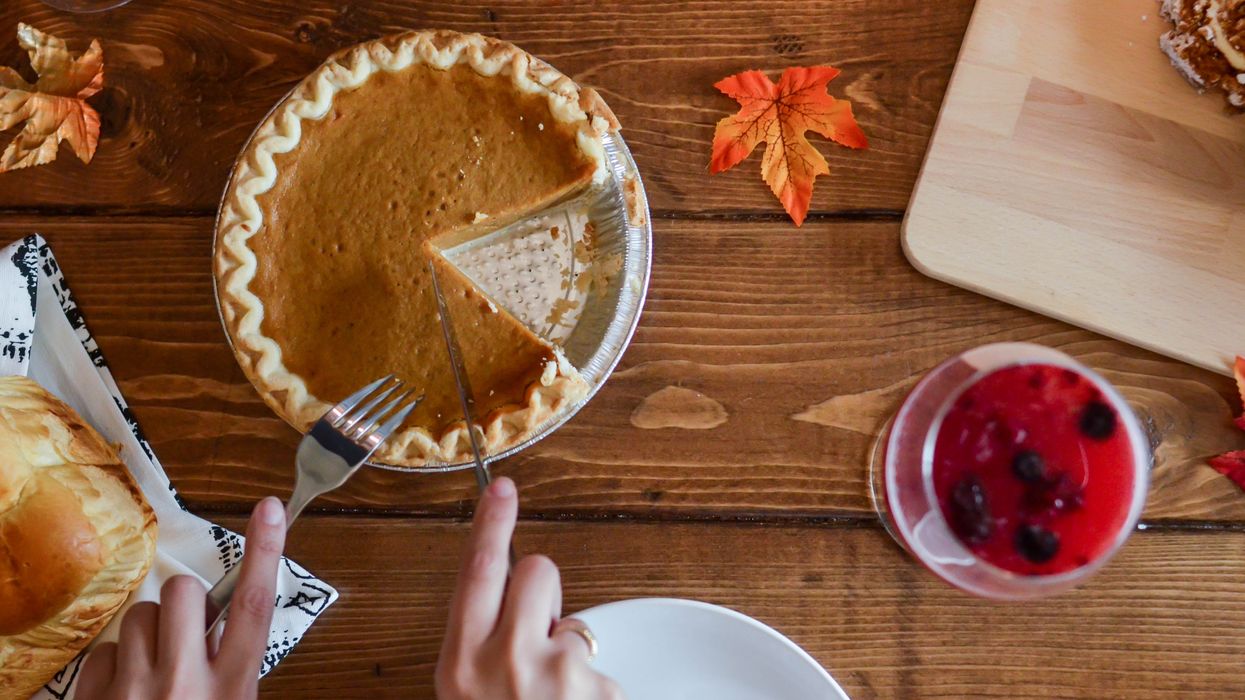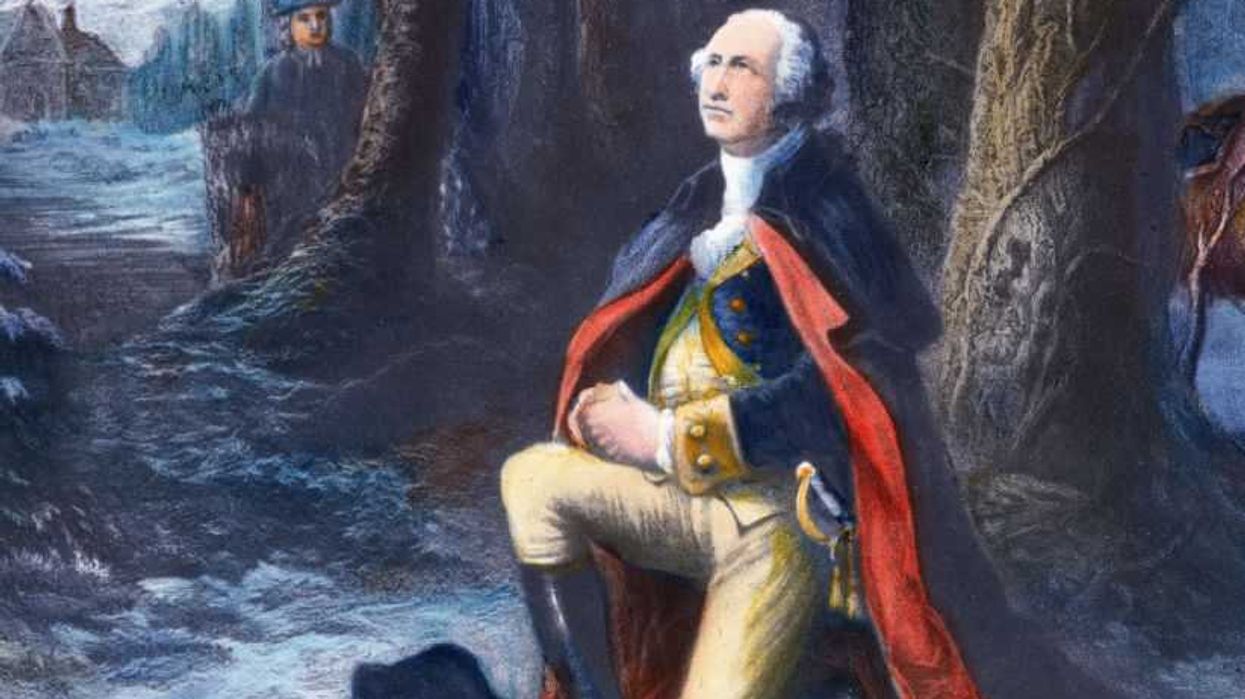Turkey, stuffing, sweet potatoes—
if you don't have these staples on your Thanksgiving table, can you actually call it Thanksgiving dinner? Every year, millions of Americans gather to celebrate Thanksgiving with their unique renditions of these iconic culinary institutions.
Whether you'll be pulling out your grandma’s old stuffing recipe that's been prepared the same way for generations, or deciding to do something new and wild, like deep fry a turkey in your garage, when was the last time you stopped and thought about where these unique dishes came from? Did the Pilgrims make the first pumpkin pie? And how did the turkey become the centerpiece of the Thanksgiving dinner?
It turns out that the Thanksgiving dinner as we celebrate it today has a fascinating story that has been developing over the span of our nation's history. Here are some of the most fascinating origins of your favorite Thanksgiving foods.
Turkey

Was it at the first Thanksgiving?
Possibly! While turkeys are not mentioned specifically in records dating back to the first Thanksgiving, Edward Winslow, the author of one of the only accounts of the historic feast, mentioned that the governor sent four men to hunt fowl, and “they four in one day killed as much fowl, as with a little help beside, served the company almost a week.” Wild turkeys lived and still live across Massachusetts, so it is not unlikely that turkeys made it on the original Thanksgiving table, even if it wasn't the original centerpiece.
A New Tradition
Thanksgiving wasn't made a national holiday until 1863 when poet and magazine editor Sarah Hale, whose claim to fame is writing the nursery rhyme "Mary Had a Little Lamb," convinced Abraham Lincoln to declare it as such. Before then, Americans celebrated Thanksgiving at various times in the harvest season with whatever food they had available. Hale is often attributed to creating the standardized Thanksgiving table, particularly in making the turkey the holiday's centerpiece. She liked that the turkey was native to America and that it was large and inexpensive enough to feed an entire family. Hale popularized her ideas through her magazine Godey’s Lady’s Book, and her suggestions continue to be living tradition on our Thanksgiving tables every year.
Pumpkin Pie

Was it at the first Thanksgiving?
No, it wasn’t, unfortunately for the Pilgrims. In 1655 Adriaen van der Donck, an early landowner in the Dutch colony of New Netherland (the area now surrounding New York City) noted how “pumpkins grow with little or no cultivating” in the region, so it is possible that there were wild pumpkins or other squash on the first Thanksgiving table. However, pumpkin pies did not make their debut until several years after the Pilgrims had settled in Massachusetts.
An American Pie
Pumpkin was put in pies almost as soon as Europeans brought them back to Europe. However, those pumpkin pies would have looked very different from the pumpkin pies we associate with Thanksgiving today. These early pies would have had layers of pumpkin slices along with other fruits, sugar, and spices, something akin to a modern apple pie.
In 1796, Amelia Simmons published the first American-made cookbook, aptly called American Cookery. Simmons includes a recipe that resembles a pumpkin pie, which Simmons calls "Pumpkin Pudding." Simmons's pudding is a soft, smooth custard flavored with spices and baked in a crust. This would become the model for the pumpkin pie found on Thanksgiving tables that we enjoy to this day.
Cranberry Sauce

Was it at the first Thanksgiving?
Cranberry sauce, like the hallowed pumpkin pie, also was not present at the first Thanksgiving feast, but raw cranberries may have been featured. Like pumpkins, cranberries are native to the region, and while the documents describing the first Thanksgiving don't mention cranberries specifically, we do know that the Wampanoag, the Native Americans that famously aided the Pilgrims, were very fond of the red berries and introduced them to the Europeans settlers.
The Start of the Sauce
How did we eventually get cranberry sauce? We have Amelia Simmons to thank for this Thanksgiving staple as well. Simmons's American Cookery includes a recipe simply called "cranberries," which was intended to create a filling for a cranberry pie. The recipe involved boiling whole cranberries with sugar until it resembles a jam. This was likely the origin of the stand-alone sauce featured on the modern Thanksgiving table.

 JIM WATSON / Contributor | Getty Images
JIM WATSON / Contributor | Getty Images
 Joe Raedle / Staff | Getty Images
Joe Raedle / Staff | Getty Images AASHISH KIPHAYET / Contributor | Getty Images
AASHISH KIPHAYET / Contributor | Getty Images Harold M. Lambert / Contributor | Getty Images
Harold M. Lambert / Contributor | Getty Images